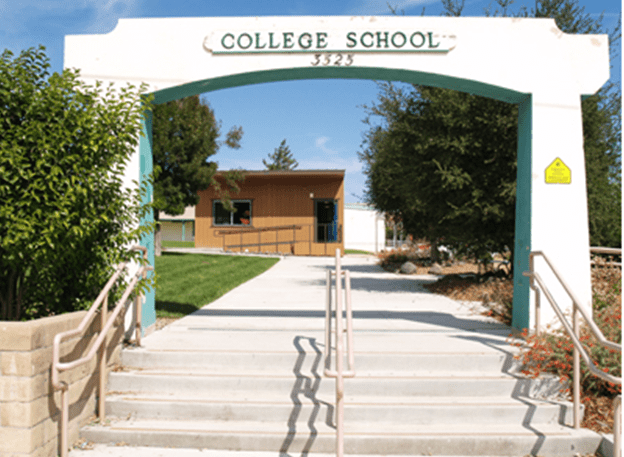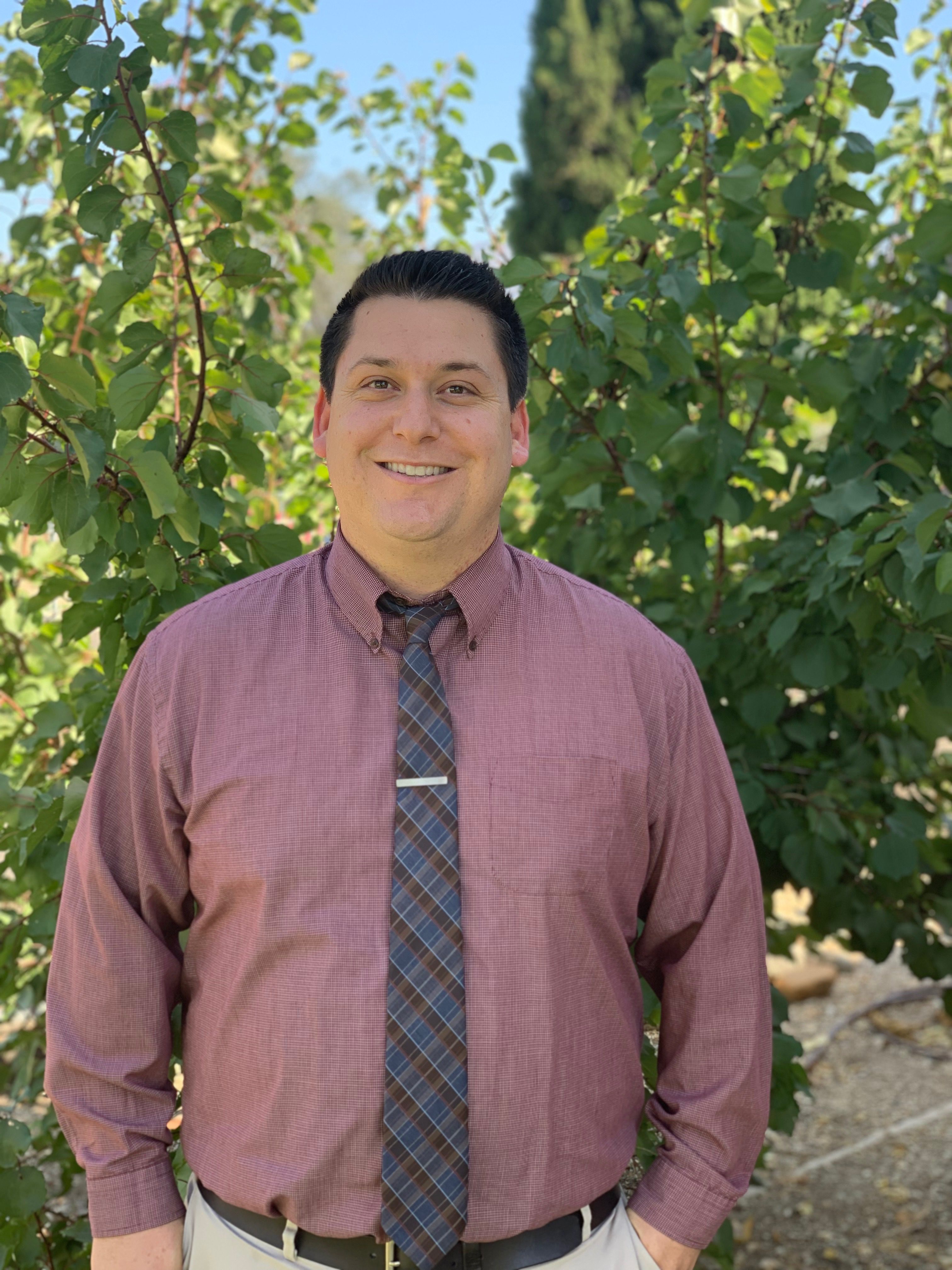By Dr. Susan Salcido, Superintendent of Schools
As we all grapple with the innumerable impacts that are reverberating throughout the world and in our close-knit communities due to the COVID-19 pandemic, on behalf of the Santa Barbara County Education Office, I want to first thank all those who are serving to support others during this unprecedented time. For doing essential work every day, from farmers to grocers, from mail deliverers to meal deliverers, we thank you. To our friends and neighbors, whose essential work supports critical, life-saving needs: Words can hardly express the depth of our gratitude to you for your courageous support of those in your care.
In a matter of weeks, we quickly learned and adapted to a new phrase: social distancing. It started with greeting one another with a hand wave rather than a handshake, removing chairs in some rooms to allow for more space, and now, for those who must and can, we stay at home as much as possible and make social distancing a part of every activity. Social distancing is no longer a new phrase; it’s our new normal, for now.
In schools, the call for social distancing and the need to protect children, families, and school staff, caused the most significant disruption to the system of education in our lifetimes. Schools, in the traditional sense, closed.
The challenges that surface from schools closing are numerous and complex. However, with these complicated challenges come the opportunity to meet new standards of service and provide alternative means to reach and teach our young people.
For example, almost immediately, schools pivoted in the way their kitchens and cafeterias provided meals for students. To address the critical need of nutrition continuity, from the very first day of school closures to today, families may “grab and go” student lunches as well as breakfasts for the next day at a variety of school locations. Throughout Santa Barbara County, student meals are being provided by school staff from Cuyama to Guadalupe to Lompoc to Carpinteria. North County schools alone are providing an estimated 10,000 meals each day.
Another shift occurred – and is still evolving – which is the shift to distance learning. Distance learning, also called remote learning, has many variations, including reading from books and working through hard-copy materials, to online resources and videos that can be accessed at any time (“asynchronous”), to online classroom environments which allow for interaction, engagement, and exploration that occurs at a set time (“synchronous”).
Some schools, at the beginning of the school closure period, provided distance learning to various degrees along this spectrum. Other schools paused on assigning online assignments in order to distribute thousands upon thousands of technological devices and help students obtain online connectivity, all while continuing to plan next steps.
As school closures move into their next phase due to longer and currently unknown lengths of time, distance learning delivery and content are progressing, and so, too, are the creativity, innovation, motivation, and supports for providing them.
Along with providing school meals and distance learning, schools are in the early stages of working with community partners to provide childcare for essential workers. These services, along with many others, will continue to evolve.
None of this happens by chance — hard-working, dedicated staff members, along with support from our partners, make it happen. While teachers plan and implement distance learning, equally dedicated staff members are making the needed meals, distributing them, and maintaining essential operations. School district offices, charter school offices, and the County Education Office remain open and continue to support students, families, and employees.
As schools progress in their new forms, the education community continues to work around the clock, across the county, state, and country, with the California Department of Education, US Department of Education, colleges, and universities. We continue to work together on topics such as graduation requirements for current seniors, college entrance requirements, meeting individualized and special student needs, and supporting mental wellness for youth and families. Dynamic shifts in delivery have not displaced our mission of equitably serving students academically, socially, and emotionally.
We all look forward to the time when we can be together in person. For now, what we can do together is to be there for one another, albeit apart. We thank families for helping your children feel comforted, secure, and loved. We thank our many partners and community members for helping others at this unprecedented time. As educators and school staff members swiftly shift gears, know that we appreciate this is dynamic and will take time, practice, and grace.
Connecting with your students and engaging them in learning has always been essential – we thank you for being there then, and most definitely, now.






